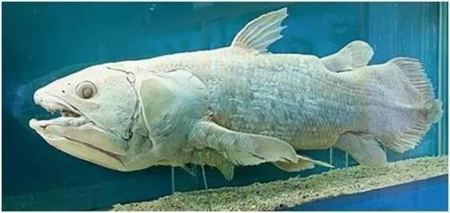Most amphibian animals lay their eggs in water bodies, and the fertilized eggs are inwaterThe body develops into larvae, but some will directly give birth to larvae. Their juveniles are likefishThat’s in the waterlife, can use the gills to absorb oxygen in the water, for examplefrogThe juvenile of the tadpole. Many tadpoles develop their lungs at the same time as their gills. Later, the limbs grew, the lungs gradually matured, and the gills slowly disappeared, so they metamorphosed into breathing airanimal。 This animal is an amphibian.
In the eyes of ordinary people, amphibians and fish are unrelated. butscienceAfter research, it has been found that there is a kinship between these two types of animals, and the animal fossils that have been excavated show that amphibians evolved from ancient total finned fish. That is, fish are the ancestors of amphibians.

So, how did fish evolve into amphibians? About 400 million years ago, in the Devonian period, freshwater lakes and swamps on Earth lived in large numbers of total finfish. This fish has a spindle-shaped body and swims quickly, making it a carnivorous fish. By the end of the Devonian period, real terrestrial life appeared on EarthplantThese terrestrial plants have developed in large numbers and grown lushly, and a large number of dead leaves have fallen in the water, resulting in poor water quality and reduced oxygen content. Due to the lack of beautiful oxygen in the water, some full-finned fish die because they cannot adapt to suffocation. Some full-finned fish use their pectoral and pelvic fins to support their bodies, or cling to rotten leaves in the water, or climb to the roots of trees by the river, and some even climb up the riverbank to breathe air to survive. After a long evolution, the ancient full-finned fish gradually evolved into ancient amphibians and became the ancestors of amphibians.
In animal fossils, it was found that the fossils of the total finned fish were very similar to ancient amphibians, and the head of the total finned fish could already be turned, and the limbs slowly grew out, all of which seemed to be fully adapted to life on land. For example, they must lay eggs and hatch in water, and the juveniles live in the water and breathe with their gills.
